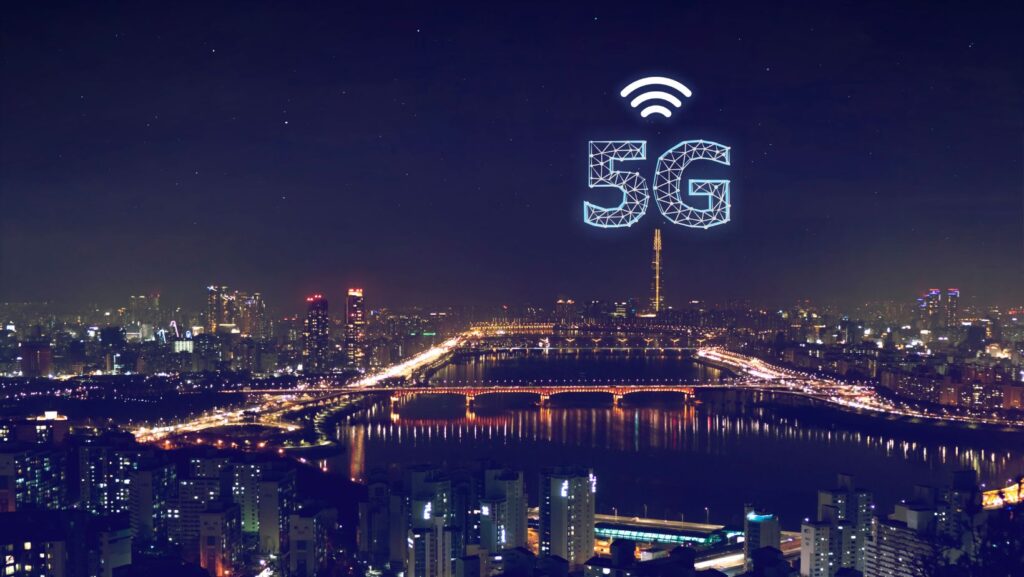5G offers speed, stability, and smooth streaming. And yet, many users still have trouble with dead spots, slow downloads, or connections that drop without notice.
The good news is that you don’t need expensive gear or technical know-how to improve 5G reception. Smart placement, newer devices, and small changes to the environment can all work together to make measurable gains.
Start with the Device and the Network
To make your 5G experience better, you should first know what your gadget and carrier can handle. Some “5G-ready” phones can’t connect to all 5G networks. Many devices don’t work with all of the frequency bands that are used in Asia and Europe. This means that even if high-speed coverage is close, you might never be able to use it.
People often forget to fix problems by updating their gadget software, especially the firmware on their modem. Updates from network companies are often made available that make it easier for phones to handle tower hand-offs, noise reduction, and load balancing. A phone with the most recent software will usually be able to connect and stay connected faster than one that hasn’t been updated in months.
You can play mobile games, make video calls, and even trade stocks live, where even a small delay can cost real money. All of these things can be done in real time over fast, low-latency networks. This speed boost is used for both online poker and live gaming tables that you can interact with – find out more here. In these games, every millisecond is important for being able to respond quickly, stream well, and make sure that transactions are safe.
Last but not least, don’t rule out your network service as a possible problem. There are big differences between providers in terms of coverage density, tower capacity, and frequency bands that can be used. You can find out if the problem is with the local signal or with your operator’s infrastructure by comparing network-coverage maps or trying a prepaid SIM card from a different provider.
Fix the Environment, Not Just the Hardware
Loss of signal is often physical. The Ericsson Mobility Report says that in a dense urban high-rise setting, about 37% of macro-cell data during peak hours went to users inside. This shows how hard it is for high-frequency 5G signals to get through buildings.
High-frequency 5G signals have a hard time getting through thick walls, concrete, and metal. A few meters or a single wall can make things much less effective. So, where you put your 5G router or phone may be more important than the company itself.
Move your router or modem to a room with a window or an upper floor with fewer things in the way. You can get a better line of sight to the nearby tower by moving the device just a few meters. Do not put equipment in basements, cabinets, or close to big metal things like radiators or freezers.
Other wireless gadgets, like baby monitors, microwaves, and even Bluetooth speakers, can also mess up signals. Keeping your router or hotspot away from heavy gadgets will help the signal stay strong.

Another thing that most users can’t see but can definitely feel is network congestion. Nearby users fight for the same tower bandwidth during busy times. When you restart your phone or turn on airplane mode, it forces a reconnection and often moves you to a less crowded cell sector, which makes the link more stable without changing the hardware.
Upgrade Smart, Not Expensive
Using old hardware or judging signal strength by “bars” is not accurate. Instead, using real metrics like RSRP and SINR gives a much more accurate picture. In one study, people who used a 28 GHz system inside high-loss buildings had average penetration losses of about 46 dB at standard incidence.
When it comes to bigger rooms, mesh routers are a better buy than separate boosts. They spread the signal widely across many nodes, getting rid of dead spots in hallways, corners, or upper floors. In rural areas, adding an external high-gain antenna can make your connection even more stable by precisely locking onto the closest tower.
Hardware age is also important. Modems and routers that come out before 2023 might not be able to handle beamforming or carrier aggregation, which are both necessary for stable 5G speeds. If you buy a newer model, your gadget will be able to handle new network standards.
Also, don’t judge your link by how many “bars” it has. To find out real numbers like RSRP and SINR, use apps like OpenSignal or Network Cell Info. These indicators give you a more accurate picture of signal strength and interference, so you can fine-tune your setup without having to guess.


More Stories
Most Immersive Online Casino Games You Can Play Today
How Artificial Intelligence Is Becoming Part Of Everyday Life
Tech Expert Reveals UK Households Sitting on £500 Worth of Unused Smartphones